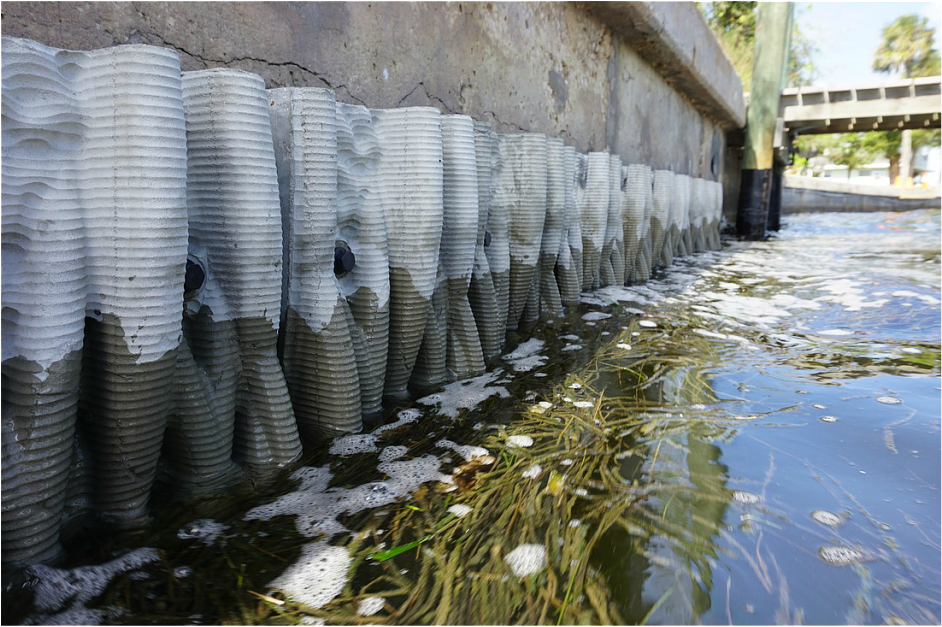- April 25, 2024
-
-
Loading

Loading

Bayfront Park will become a testing ground for a Florida Fish and Wildlife Conservation Commission’s campaign to ensure sea life is safe when shorelines are hardened.
The conservation commission plans to install two seawall alternatives at Bayfront Park this fall as it prepares to test how different kinds of resilient shorelines affect marine life.
Those resilience measures include a seawall, which is already installed at the park, a concrete relief of mangrove roots to be put seaward of the existing seawall, biodegradable bags of oyster shells and a natural shoreline of mangroves, which, again, already exists at Bayfront Park.
“The purpose is to determine which method provides the most habitat benefit for coastal sea life,” said Fara Ilami, coordinator of the coastal wildlife conservation initiative at FWC.
FWC chose Longboat Key’s Bayfront Park for the experiment because it was one of the only places in the state where the commission could find both natural shoreline and a seawall within such close proximity, Ilami said.
The idea is to gather data about different shoreline hardening structures with as few variables as possible — meaning that testing each in such close proximity will give FWC a clearer picture of how these different kinds of walls work in a location where sea life is similar.
Shorelines are being hardened across the state as communities prepare for the potential impacts of sea level rise, Ilami said. So FWC wanted to have a data set to tell Florida residents which kind of hardened shoreline is best for marine life.
“A lot of people are going to be looking for ways to stabilize their property as the sea level rises,” Ilami said. “One of the reasons for doing the study is so we can provide people the information they need.”
To get the information, FWC will install, maintain and monitor the alternative hardened shorelines for two years, all while taking samples of soil and counting the number of fish gathered in the area of the hardened shorelines.
The experiment will cost the state $180,000. None of the money comes from the Longboat Key budget.
The data collected from the study will help FWC with recommending what kind of shoreline protection is best for sea life on the west coast of Florida.